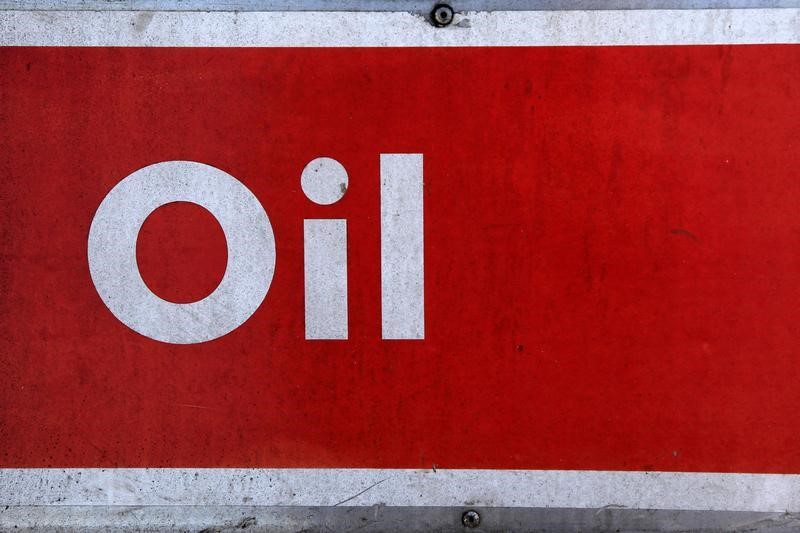In a noteworthy shift in the global energy market, Brent and WTI, two of the world’s leading oil benchmarks, have reached 10-month highs, trading above $90 per barrel on Friday. This surge is largely attributed to robust market fundamentals and expectations of a tight supply.
On Friday, Brent’s front-month futures contract saw a modest increase of $0.088 or 0.09%, reaching $93.78 per barrel. It even momentarily surpassed the $94 mark. Simultaneously, WTI was priced at $90.72 per barrel, marking an increase of $0.56 or 0.62%. These intraday levels indicate a departure from the largely rangebound activity observed in August and follow a week of strengthening prices.
In August, oil prices fluctuated around mid-$80 levels, but September witnessed a renewed bullish trend as Saudi Arabia and Russia extended their joint oil production cuts of 1.3 million barrels per day (BPD) through to the end of the year. This extension led the International Energy Agency and other analysts to forecast a substantial supply deficit for Q4 2023.
The agency projected that global demand would reach approximately 2.2 million BPD in 2023 before experiencing a sharp drop to a growth rate of just 1 million BPD in 2024. However, the Organization Of Petroleum Exporting Countries (OPEC) has predicted much higher demand growth rates of 2.44 million BPD and 2.25 million BPD for 2023 and 2024 respectively.
Previously, market sentiment was largely influenced by expectations of increased crude supplies from Brazil, Guyana, Iran, and the U.S., which were thought to offset production cuts from Saudi Arabia and Russia. But the decision to extend Saudi-Russian cuts until year-end has significantly altered market sentiment amid rising distillate demand, particularly for gasoline, diesel, and jet fuel, as winter approaches in the Northern Hemisphere.
This has led to a growing belief that prices could reach $100 per barrel unless there is a severe downturn in economic data. This sentiment is particularly strong for , often viewed as the global proxy benchmark.
However, current trading volumes suggest that both Brent and WTI may be overbought, trading at levels higher than their perceived fair value. A market correction may therefore be imminent, but not before Brent potentially reaches the $100 per barrel mark.
The current consensus among market observers suggests that the Saudi-Russian cuts will not extend into 2024. This expectation is reflected in Brent futures contracts for six months out and beyond, which are currently priced at around $90 and considerably lower. This situation, known as backwardation, occurs when the current price is higher than prices trading in the futures market further down the line.
Therefore, while Brent crude may return to $100 per barrel levels for the first time since July 2022, it’s unlikely that these high prices will persist into 2024.
This article was generated with the support of AI and reviewed by an editor. For more information see our T&C.
Read the full article here












